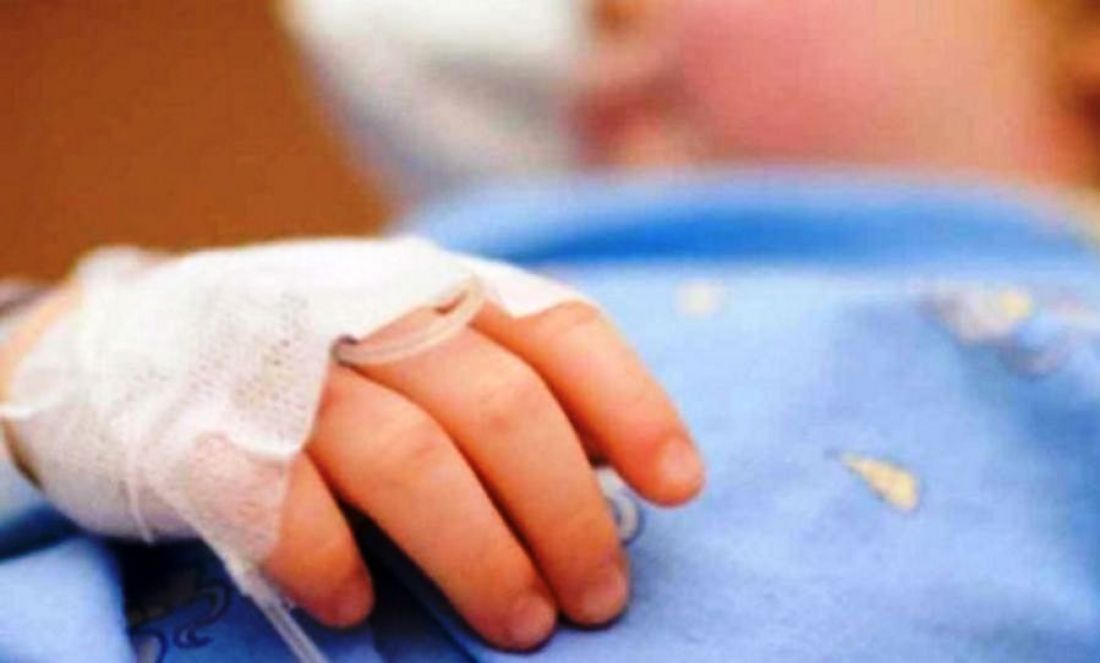October 26, 2023. Dr. Bernardo Biella warned on the Professional FM program that Streptococcus pyogenes has caused 7 deaths among the 382 confirmed cases in the country this year.
After learning of the deaths of two children from an illness caused by Streptococcus pyogenes, FM Professional Dr. Bernardo Biella asked the public to take precautions to avoid infection.
The cases in Salta occurred in the summer and spring, between the 2nd and 41st epidemiological weeks. 80% of the confirmed cases were under 9 years old, and the distribution by gender was mainly female. Provincial health portfolio.
The clinical stages that occur are dermatoses, arthritis, sepsis and, to a lesser extent, pneumonia, bacteremia, and toxic shock.
Vieira recalled that Streptococcus pyogenes is a bacterium with about 80 different serotypes, which can cause diseases such as angina, pharyngitis and skin infections. They occur mainly in children aged 4 to 10 years, but also affect adults. Other illnesses it may cause include scarlet fever, erysipelas (skin infection), otitis media, and puerperal fever.
Some patients may develop more severe infections because the bacteria are more aggressive and can release toxins that cause what’s known as strep toxic shock syndrome.
Some patients may have risk factors that lower their defenses and favor bacterial invasion, such as previous viral or bacterial infections (chickenpox, skin infections, etc.) or diseases that lower their defenses.
He explained that transmission occurs through close contact with an infected person and can be spread through coughing, sneezing or contact with a wound.
The incubation period of the disease varies from 1 to 3 days depending on the clinical manifestations. Treating an infected person with antibiotics for at least 24 hours usually eliminates their ability to spread.
What are the warning signs?
If you develop a fever (temperature above 37°8) accompanied by any of the following symptoms, you should consult a doctor: sore throat or localized pain on the skin with redness and/or small blisters.
The best prevention methods are: wash your hands often with soap and water; clean all rooms daily and keep them ventilated; stay rested if symptoms occur; stay away from work or school while symptoms persist; do not self-medicate; cough or sneeze into your elbow Cover your face or disposable tissue to avoid infecting others.
Although there is no specific vaccine, it is important to keep the calendar up to date with vaccinations to avoid other diseases that favor the invasion of this bacteria.
Treatment is with antibiotics, which must be directed by a doctor. It is very important not to self-medicate and not to forego or shorten antibiotic treatment as this can easily lead to further relapses and/or complications.

